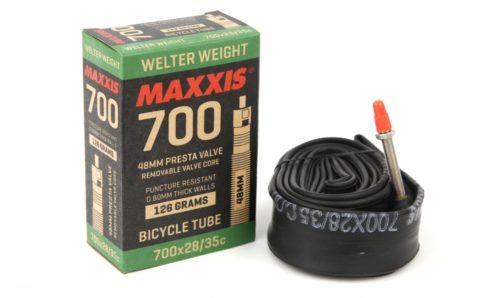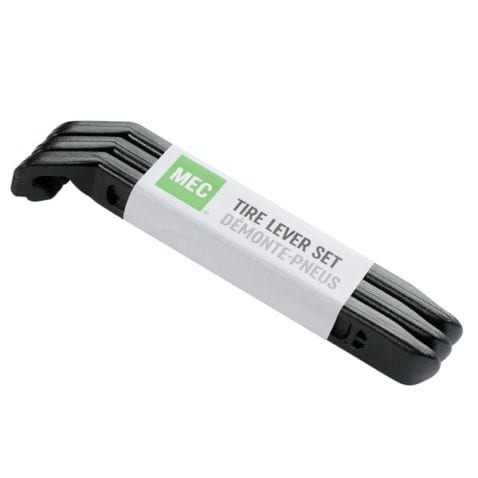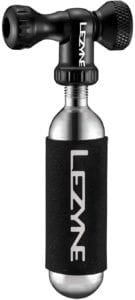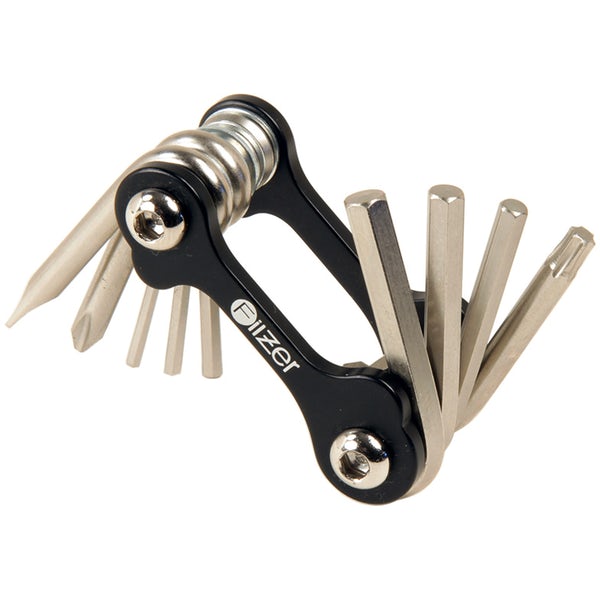Breaking down the saddle bag: What to bring on a ride and how to carry it
Pack for anything your ride throws at you
 Photo by:
Velocolour
Photo by:
Velocolour
Flat tires and mechanical problems never occur at a convenient time. Whether you’re riding alone or in a group, having to stop to change a flat tire, fix a dropped chain or tightena rattling bottle cage is always an annoying interruption to the flow of your ride.
The only way to improve this experience is to be as prepared as possible for whatever your ride throws at you. Aside from bringing sufficient liquids and nutrition, there are a few things you can pack with you that will make dealing with mid-ride interruptions a little more tolerable.
The essentials
Saddle bag
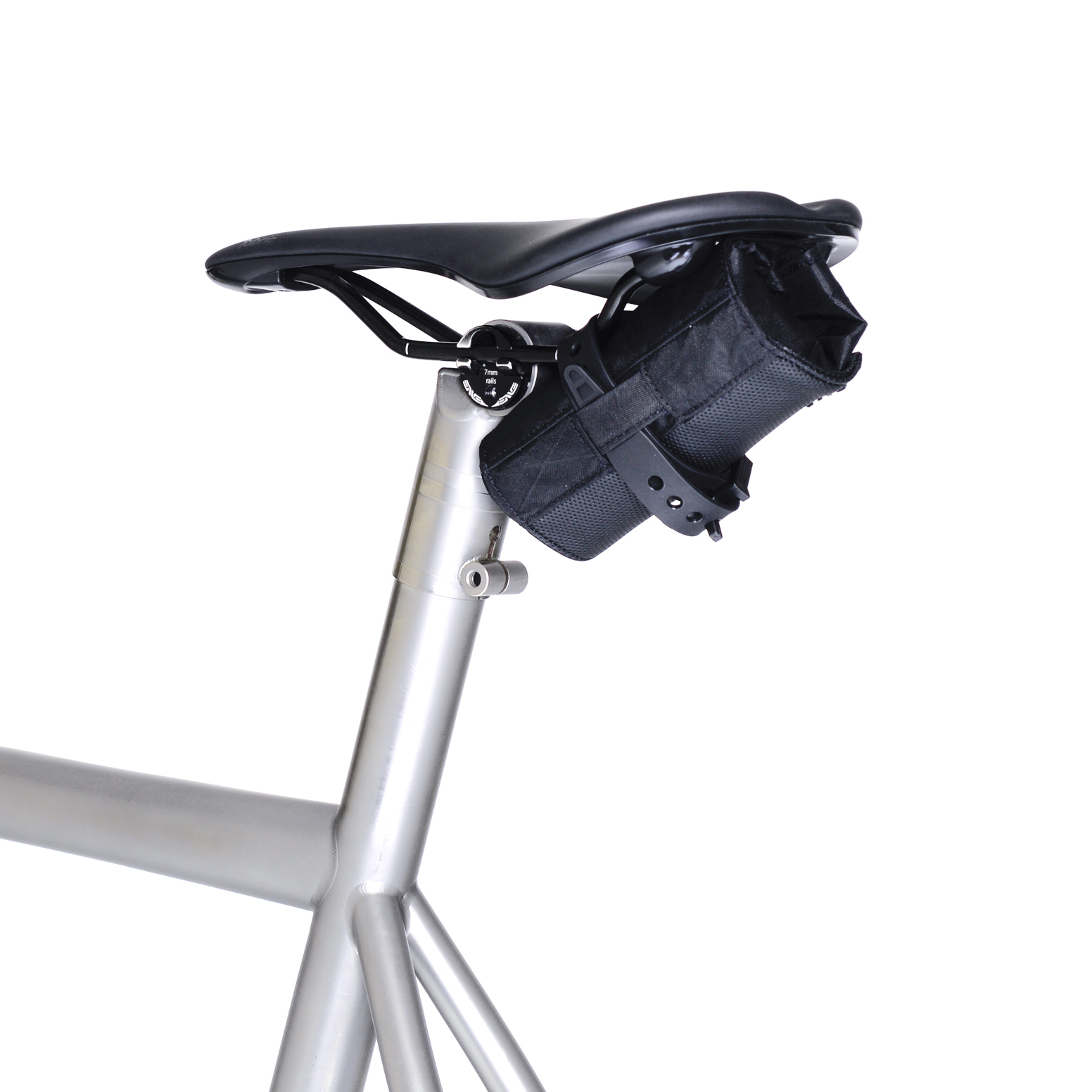
Saddle bags come in a very wide range of sizes. The smallest fit simply a tube, tire levers and a multitool. The largest can store an entire tent. If you’re buying your first saddle bag, consider what you’ll want to put in it before you make your purchase.

Note: Some people choose to carry their spare tube/CO2/levers in their pockets, keeping their seat tube clean of any bags. You can do this if you want, but it leaves less real estate in your pockets for other essentials—you might really be pushing your pockets’ capacity now that you also need to carry a mask and hand sanitizer on rides.
Spare tube
Take the tube out of the box (if it comes in one), but keep the elastic band wrapped around to keep it tightly together. When they get a flat (depending on the state of the tube) some cyclists like to keep take the punctured tube in their saddle bag and patch it at home. If you don’t want to go through that effort, be sure to at least find a garbage can to dispose of the punctured tube.
Tire levers
Unless you have hands of steel, tire levers are an essential part of efficiently getting a tire off and dealing with a flat. Some are more flat than others, so if you have a smaller saddle bag look for thinner (but still strong) tire levers to take up less space.
CO2 cartridge and inflator and/or hand pump
You’ve swapped the tube, now you need to inflate the new one. CO2 cartridges are basically a single-use method of quickly inflating a tube. They don’t take up much space and the inflator nozzle is also quite small, although if you mess up when puncturing the cartridge you’re out of luck.
If you’re looking for something more environmentally friendly, a small pump will also do the trick. Pumps require a slightly larger saddle bag, but you could also just keep them in your pocket. Before the widespread use of CO2, cyclists used frame pumps that were stored neatly under their top tubes. Frame pumps have seen a resurgence in recent years, particularly with gravel-style bikes—they’re more powerful and faster to use than hand pumps and they lend the bike a classic look.
Multi-tool
Some bikes require a multi-tool just to remove the wheels, but even if yours doesn’t it’s important to carry one just in case. There are tons of components on your bike that could shift due to a crash or simply just loosen over time. Not all issues can be resolved with a multitool, but many (such as the classic loose bottle cage) can be.
Tube patches
You might not intend to patch a tube on the road, but if you end up getting particularly unlucky with a double flat or two flats in the same ride you’ll thank yourself for throwing a few patches in your saddle bag. They don’t take up much space and could save you from having to call for a ride home.
Other items
In their book, First Race: A Complete Guide to Your First Race, B.C. based UCI Continental Pro cycling team Instafund La Prima outlines what they bring in their saddle bag. Besides the essentials mentioned above, they also bring a dyna-plug, a device for repairing tubeless flats. The Instafund cyclists bring Bacon Strips as well, as a secondary tubeless flat option. “Remember, you can never be too prepared,” says the team. “Other great items to pack: Face wipes, medical sanitizing wipes for cleaning scrapes, and a spare gel.”
You’re the most familiar with the type of riding you do—and the situations you may find yourself in—but you probably won’t regret tossing these next items in your saddle bag or pockets as well.
Disposable gloves/moist towelette
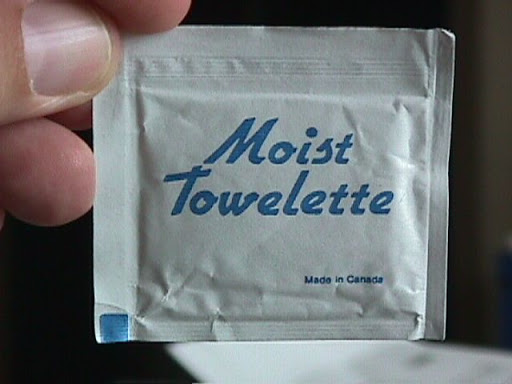
When you drop a chain 20km into a 100km ride you’ll thank yourself for brining gloves or a moist towelette (ask for a few extras next time you’re at a sports bar). They’re not necessary, but frantically rubbing the nearest patch of grass with your hands won’t do much to get that chain grease off of them.
Spare battery for power meter
If you can’t live without your power meter data, an unexpected dead battery could kill your mood during a ride. Pack a spare just in case.
Emergency cash
Presumably you’ll have cash easily accessible in your wallet or back pocket, but having a spare $20 for emergencies is always a good idea. In a pinch, a $5 bill will also make a good tire boot when you need to make a barrier between a tube and a hole in a tire.
Spare quick-link for chain
You’re more likely to snap a chain on a mtb ride than a road ride, but a spare quick-link is a small item that could come in very handy in a pinch. The Instafund La Prima cyclists also bring tiny master-link pliers for this reason.
Bandaid
Accidents happen, and it’s better to not bleed down your leg and onto your nice white socks.
